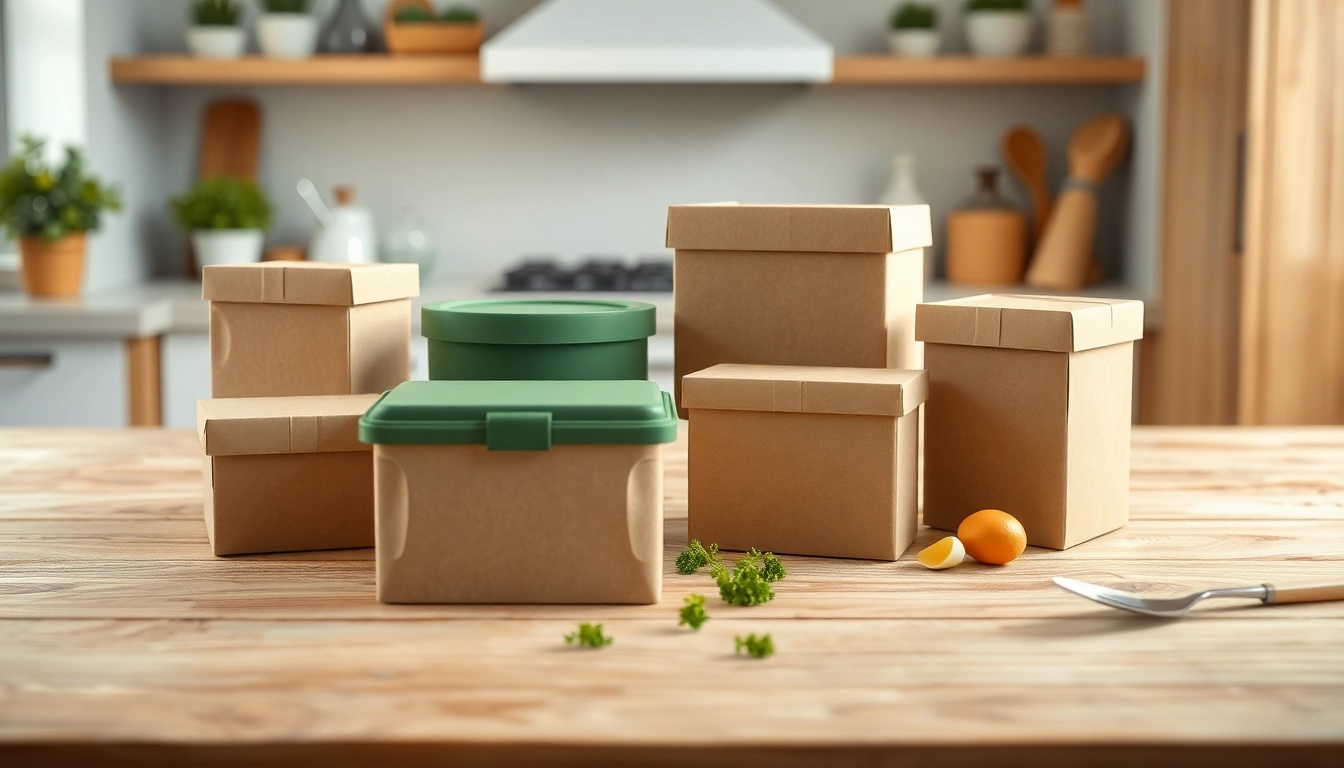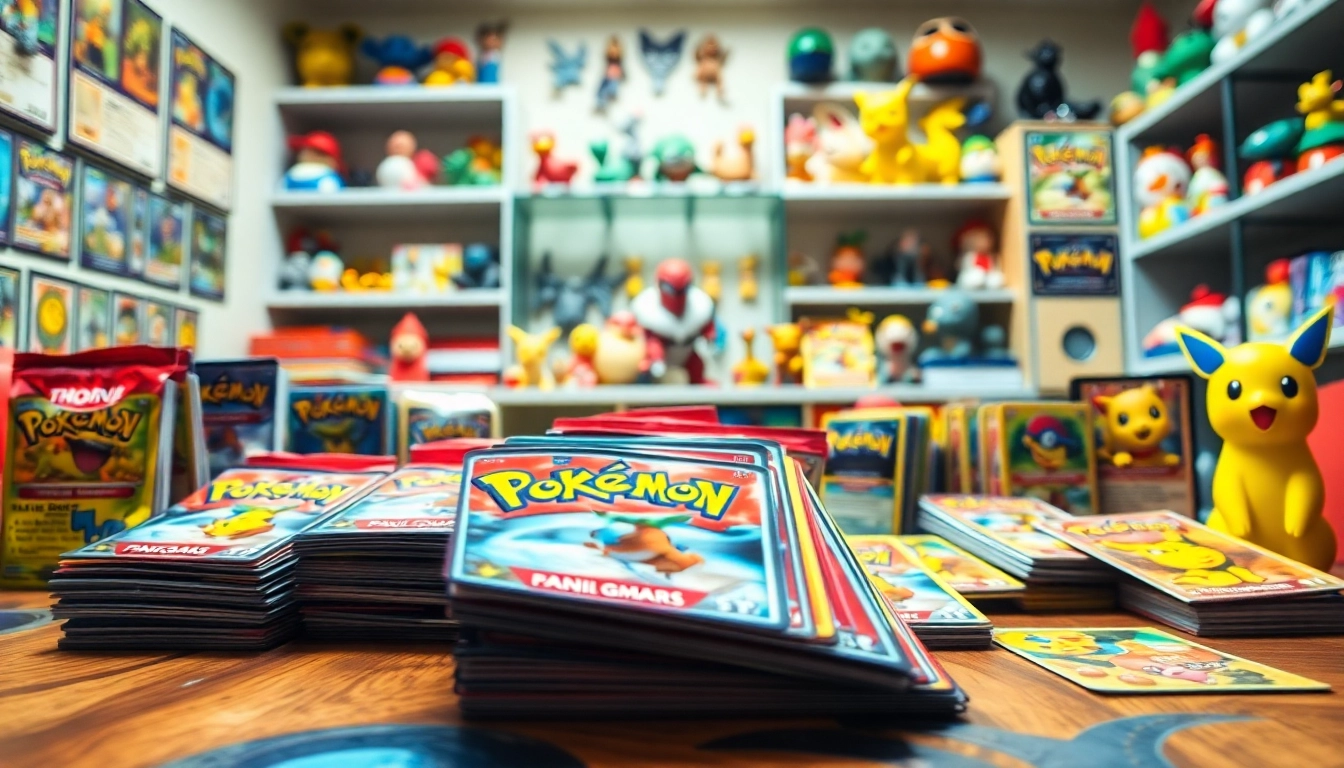Understanding Food Packaging Boxes
In the culinary world, the presentation of food extends well beyond the plate. Food packaging is a significant factor in ensuring that meals arrive safely and appealingly at their destination. From fast food chains to gourmet restaurants, food packaging boxes are essential in the preservation and delivery of food products. The choice of packaging can greatly influence customer satisfaction, food quality, and brand perception.
Importance of Choosing the Right Packaging
The choice of food packaging boxes directly affects many crucial aspects of the food business. Choosing the right packaging ensures that food items are stored and transported safely. Furthermore, appropriate packaging helps prevent contamination, preserves flavor, and maintains the texture of the food throughout its journey.
Moreover, effective packaging can serve as a marketing tool, allowing brands to convey messages about quality, sustainability, and reliability. In an environment where consumers are increasingly conscious of their purchases, stylish, well-designed packaging can set a brand apart in a crowded marketplace.
Types of Food Packaging Boxes Available
Food packaging boxes come in various styles, each suited for different types of food and purposes. Some popular types include:
- Takeout Boxes: Commonly used for fast food, these boxes are designed for easy transport and disposable convenience.
- Bakery Boxes: These boxes are specifically designed for baked goods, providing adequate space and ventilation to keep items fresh.
- Meal Prep Containers: Typically reusable, these containers are designed for individuals preparing meals in advance while ensuring portion control.
- Corrugated Boxes: Known for their strength, these boxes are ideal for shipping heavy food items and bulk orders.
- Eco-Friendly Containers: With growing concerns about environmental sustainability, many brands are turning to biodegradable or recyclable options.
Key Materials Used in Food Packaging Boxes
The materials used in food packaging boxes play a significant role not only in protecting the food but also in brand image. Key materials include:
- Cardboard: Versatile and lightweight, cardboard boxes are often used for a variety of foods and are easily customizable.
- Plastic: While effective for airtight sealing, growing environmental concerns have led to a shift towards sustainable alternatives.
- Biodegradable Materials: Many companies are experimenting with materials that break down naturally to reduce their ecological footprint.
- Foil and Wax Paper: Used for items requiring a moisture barrier, these materials are often found in deli and bakery items.
Factors to Consider When Selecting Food Packaging Boxes
Selecting the ideal packaging involves a systematic approach, taking into consideration various factors. Here are some critical aspects to prioritize:
Size and Shape Considerations
The size and shape of packaging play a vital role in the overall efficiency and customer satisfaction. Packaging that is too large can cause food to shift and become damaged during transport, while packaging that is too small may restrict items and compromise their quality. Additionally, custom shapes and designs can enhance the presentation of certain foods, drawing attention and creating a memorable unboxing experience.
Durability and Safety Aspects
Durability is a key factor in the transport and storage of food. Packaging boxes must withstand various conditions, including temperature changes, moisture, and rough handling. It’s essential to choose materials that are food-safe and meet industry regulations while ensuring they don’t leach harmful substances into the food. Safety features like tamper-proof seals can also enhance consumer trust.
Environmental Impact and Sustainability
Today’s consumers are increasingly conscious of their environmental impact. This has spurred the trend towards sustainable packaging options. Brands should consider using recycled materials and biodegradable alternatives. These not only meet consumer demand for sustainability but also often lead to cost savings in the long run. Additionally, opting for minimal packaging can reduce waste without compromising on product integrity.
Common Applications for Food Packaging Boxes
Food packaging boxes find their utility across a wide array of settings. Understanding these applications can help businesses design packaging that aligns with their specific needs.
Use in Restaurants and Catering Services
Restaurants and catering services rely heavily on packaging for takeout and deliveries. Custom-branded food packaging boxes can amplify brand presence while providing practical solutions such as compartmentalization for different food items. In catering, high-quality packaging ensures that food maintains its integrity from preparation to presentation at events, highlighting the culinary expertise of the provider.
Food Packaging Boxes for Home Use
For home cooks and meal preppers, food packaging boxes serve as essential items for meal storage. These containers allow for portion control and organization in the kitchen. Various shapes and sizes can aid in diverse recipes and meal types, ensuring that home-cooked meals can be enjoyed conveniently.
Specialty Boxes for Events and Occasions
Events such as weddings, corporate functions, and parties often call for specialized food packaging. Specialty boxes can not only enhance the visual appeal of the presentation but also create a theme that resonates with the event. Products packaged in creative, themed boxes draw attention and make for memorable experiences for attendees.
Best Practices for Using Food Packaging Boxes
Implementing best practices for the selection and usage of food packaging boxes can streamline operations and enhance customer satisfaction.
Storing and Handling Guidelines
Correct storage and handling of food packaging boxes are crucial. Ensure that packaging is stored in a clean, dry environment to prevent contamination. Proper training for staff on how to handle packaging and food items can minimize damages. Additionally, maintaining an inventory system can ensure that packaging materials are always available when needed.
Labeling and Branding Food Packaging Boxes
Labeling plays a significant role not only in compliance with food safety regulations but also as a marketing tool. Clear and informative labels can help consumers identify ingredients, allergens, and nutritional information quickly. Incorporating brand logos and unique designs on packaging can enhance brand recognition while capturing customer attention.
Tips for Cost-Effective Packaging Solutions
To achieve cost-effectiveness without sacrificing quality, businesses can consider bulk purchasing of food packaging boxes, which often leads to significant savings. Additionally, designing packaging that can serve multiple purposes reduces the need for multiple types of packaging. Finally, staying informed about new suppliers and materials can open up avenues for better deals and innovations.
Trends in Food Packaging Boxes
The landscape of food packaging is continually evolving, driven by innovations and shifting consumer preferences. Staying ahead of these trends can give businesses a competitive edge.
Growing Demand for Eco-Friendly Options
With increasing awareness of environmental issues, there is a robust demand for environmentally friendly food packaging solutions. Brands are implementing eco-conscious practices, including using biodegradable materials that reduce landfill waste. Transitioning to sustainable packaging is no longer just a choice; it has become a necessity for businesses seeking to maintain relevance in the market.
Innovations in Design and Functionality
Innovations in food packaging design are instrumental in enhancing functionality and user experience. From resealable bags to containers that incorporate smart technology for tracking freshness, advances in packaging are becoming more integrated into the consumer experience. Creative designs that facilitate easy storage and transportation differentiate products on crowded shelves.
The Future of Food Packaging Boxes in a Changing Market
As the market continues to evolve, the future of food packaging boxes is likely to focus on adaptability and sustainability. Emphasis on sustainable materials coupled with a growing trend towards minimal packaging will shape consumer expectations. Companies that innovate and stay ahead of these trends will be the ones that succeed in creating value for their customers while leading the industry towards a more sustainable future.


